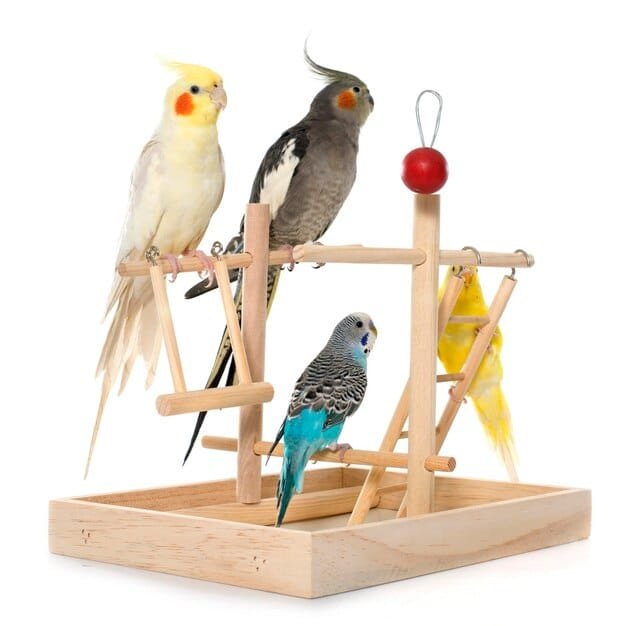You can contact us 0725373379
Cats are independent, curious creatures that can bring endless joy and companionship to your life. However, ensuring your cat’s happiness and health requires more than just a cozy bed and regular meals. Below are some essential best practices for cat care, covering everything from diet to playtime, to help your feline thrive.
1. Provide a Balanced, High-Quality Diet
A proper diet is the foundation of good health for your cat. Cats are obligate carnivores, meaning they require protein from animal sources to thrive. When choosing cat food, opt for premium, nutritionally balanced formulas that meet the specific needs of your cat’s age, size, and health condition.
- Wet vs. Dry Food: A combination of both wet and dry food is ideal. Wet food provides hydration, while dry food helps with dental health.
- Portion Control: Overfeeding can lead to obesity, so it’s essential to follow the recommended portion sizes and adjust based on your cat’s activity level and weight.
- Fresh Water: Always ensure your cat has access to clean, fresh water, as hydration is key to maintaining kidney and urinary health.
2. Regular Veterinary Visits
Just like any other pet, cats need regular check-ups with a veterinarian. Even if your cat seems perfectly healthy, annual or semi-annual visits are crucial to detect any underlying health issues early. Routine vet visits should include:
- Vaccinations: Keeping up with vaccines prevents many common feline diseases.
- Parasite Control: Regular treatments for fleas, ticks, and worms keep your cat comfortable and safe.
- Spaying/Neutering: Spaying or neutering your cat can prevent health problems and unwanted behaviors.
3. Provide Enrichment and Playtime
Cats are intelligent and playful animals that require mental and physical stimulation to stay happy. Without proper enrichment, cats may become bored, anxious, or destructive.
- Toys: Interactive toys, such as feather wands, laser pointers, and puzzle feeders, keep your cat engaged and provide exercise.
- Climbing and Scratching: Cats love to climb and scratch. Invest in a good scratching post or cat tree to satisfy these instincts.
- Hide and Seek: Hide small treats around your home or create a treasure hunt to mentally stimulate your cat and encourage natural hunting behavior.
4. Litter Box Maintenance
A clean litter box is crucial for your cat’s comfort and health. Most cats are very particular about their bathroom habits, and a dirty litter box may cause them to go outside of it.
- Scooping: Scoop the litter box at least once a day.
- Litter Type: Some cats prefer specific types of litter (clumping, non-clumping, silica, etc.). Experiment to find what works best for your cat.
- Location: Place the litter box in a quiet, private area where your cat can use it without disturbance.
5. Grooming and Coat Care
Regular grooming is important for your cat’s coat and skin health. Even though cats are generally very clean animals, regular brushing helps reduce shedding, matting, and hairballs.
- Brushing: Long-haired cats, in particular, need regular brushing (several times a week) to prevent tangles and matting.
- Nail Clipping: Trim your cat’s claws regularly to prevent overgrowth and accidental scratches.
- Ear and Eye Care: Check your cat’s ears and eyes regularly for signs of infection or discharge.
6. Create a Safe and Comfortable Environment
Cats love to have their own space. Provide a quiet, safe area where your cat can retreat when they want to rest or feel secure.
- Cat Beds: A soft, comfortable bed or blanket provides a dedicated space for your cat to relax.
- Window Perches: Cats enjoy watching the world outside. Install a window perch or place a bed near a window to give your cat hours of entertainment.
- Hideaways: Cats love enclosed spaces. Consider providing them with a cat cave or box for hiding.
7. Socialization and Bonding
Although cats are known for their independent nature, they are also highly social animals that benefit from bonding with their owners. Spend quality time with your cat, offering affection and attention.
- Respect Boundaries: While some cats enjoy being cuddled, others may prefer to be left alone. Respect your cat’s personal space and let them initiate affection.
- Training: Believe it or not, cats can be trained! Positive reinforcement, such as treats and praise, can encourage good behavior and help reinforce your bond.
8. Monitor Behavior for Signs of Illness
Cats are often skilled at hiding illness, so it’s important to pay attention to any changes in behavior. Signs of potential health issues include:
- Changes in Appetite: Eating more or less than usual.
- Litter Box Habits: If your cat suddenly starts urinating or defecating outside the box, it could indicate a health issue.
- Behavioral Changes: Unexplained aggression, lethargy, or excessive grooming can be signs of stress or illness.
If you notice any concerning changes, schedule a visit to the vet to ensure your cat stays healthy.
Conclusion: Happy Cats, Happy Homes
By following these best practices, you can ensure your cat leads a long, healthy, and happy life. Remember, every cat is unique, so take the time to understand their individual needs and preferences. When you care for your cat with love and attention, you create a bond that will last a lifetime.
Do you have any tips for fellow cat owners? Share them in the comments below.







One thought on “Best Practices for Cat Care: Ensuring a Happy, Healthy Feline.”
Nunc blandit ligula mi, quis commodo dolor fermentum sit amet. Nam vehicula pharetra lacus a vulputate. Duis pulvinar vestibulum dolo